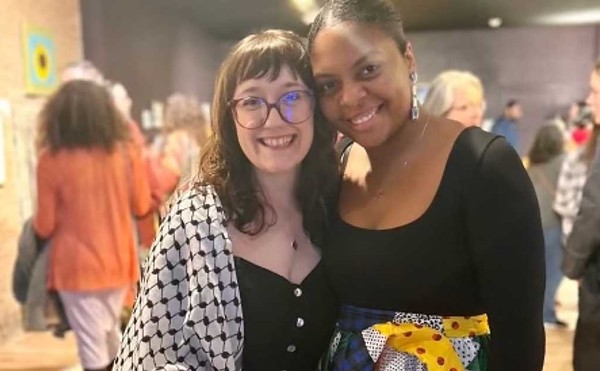The Woman in Black
C+
There’s a difference between being scared and being startled. Real fright requires a filmmaker who knows how to get under the audience’s skin, creeping up their spines and haunting their thoughts hours after the movie ends — preferably as they lay in the dark waiting for sleep. On the other hand, making people jump a little in their seats is mostly cheap misdirection, a tired cinematic trick that Roger Ebert has railed against for years. It’s too bad that director James Watkins fills The Woman in Black with far more of the latter and too little of the former. Bad plumbing, aggressive crows and demonic faces are spring-loaded to pop out at inopportune moments, predictably sending the theater into titters of surprise, but little of this old-fashioned ghost story sticks with you after the credits roll.
A low-key return to spook-house storytelling, The Woman in Black is the newly reconstituted Hammer Films’ third effort. They also produced 2010’s Let Me In, the better-than-expected remake of Norwegian vampire flick, Let the Right One In. A staple of British horror cinema in the ’60s and early ’70s, Hammer Films once specialized in garish ghoulishness, classically trained actors (Christopher Lee, Peter Cushing), and buxom women artfully splattered with blood. For their first British-made movie in 35 years, things are much more restrained; a Victorian period horror that strives for creepy atmosphere and menacing tension. It’s only partly successful.
Daniel Radcliffe plays Arthur Kipps, a young lawyer who’s still reeling from the loss of his wife, who died while giving birth to their son. Failing at his job and swamped by debt, he’s given one last chance to prove his worth by closing an estate in a remote English village. Of course, Eel Marsh House is an eerie old mansion at the end of a long dirt road. When the tide comes in, the sprawling estate becomes an island, cut off from the rest of the village. There are strange sounds in the foggy night, frightening apparitions, and enough weird wind-up toys and blank-eyed dolls to give anyone a case of the willies. Of course, a supernatural force is afoot (see the film’s title), terrorizing the locals and driving their children to commit suicide. It’s up to Kippses to uncover the not-so-terrible secret behind the killings and bring an end to the suffering.
Watkins and his team pull out all the classic horror clichés to energize Jane Goldman’s flaccid and confused screenplay (she’s adapting Susan Hill’s 1983 novel), stealing cues from Juan Antonio Bayona’s far superior The Orphanage while desperately trying to emulate Alejandro Amenábar’s overrated The Others. The result is a story that has little emotional or narrative resonance — and scares that only intermittently tingle the spine. Radcliffe does his best, delivering a convincingly haunted performance, but the writing is stacked against him, providing the actor with too little dramatic meat. Ciaran Hinds is in a similar pickle, bringing soul and substance to a supporting role that’s left adrift in Goldman’s underdeveloped script.
Where The Woman in Black excels is in its brooding production design. Whether it’s a triumph of landscape or CGI creation, Tim Maurice-Jones’ cinematography lovingly captures the shrouded and misty landscape with a bone-chilling clarity of mood and place. The set designs are wickedly evocative, and the sound effects explode with banshee-like fury every time a spook starts screaming. Yeah, it’s a bit bombastic, but the effect is still akin to having ice water poured down the back of your neck.
In the end, fans hoping to see Radcliffe break free of his Harry Potter persona won’t be disappointed by his performance, or even choice of project. On paper, The Woman in Black probably sounded a lot better than the final product. Still, let’s hope that he picks something a bit worthier of his talents next time out.





